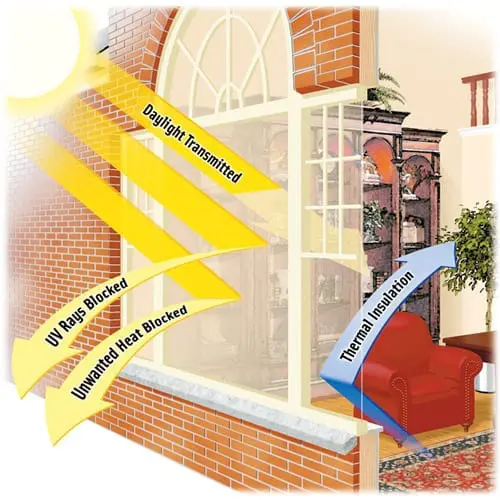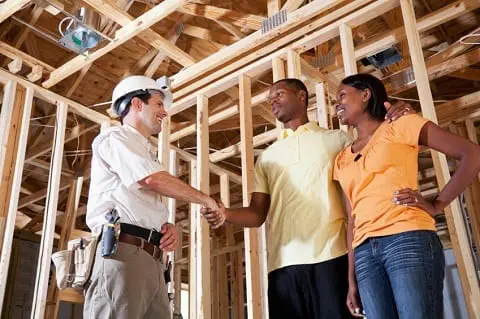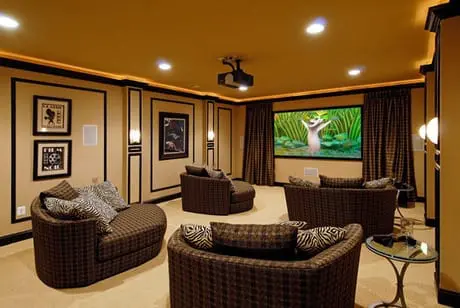
The U.S. Department of Energy statistics show that 40 percent of home energy escapes through walls, windows, and doors. When buying a new home, you should make window evaluation a prime consideration.
How Multi-Pane Windows Save Energy and Money
For years, home builders have used double and triple pane windows to better insulate custom new homes. As energy costs continue to escalate, many new home designs — even for a modestly priced home for sale — includes multi-pane windows.
Multi-pane windows, with the space between panes filled with air or gas, reduce heat transference. Therefore, in winter, your home stays warm and cozy with less energy use. In the summer, exterior high heat is prohibited from radiating into your new home, making cooling more energy efficient.
Along with added comfort, a new construction home with this feature saves you many dollars in utility costs annually for years. Like insulation, windows also have “R” ratings, measuring their thermal resistance. Simply put, the higher the “R” rating, the less heat is transferred — keeping your heat inside during cold weather and preventing outside heat from entering your new home during the summer.
Low E Glass Improves Window Efficiency
In recent years, many new home contractors upgraded to multi-pane windows that feature “low e glass” to increase “R” ratings. Low e stands for “low emissivity,” which describes a surface that emits low radiant energy.
Since all materials and substances emit, absorb, or reflect energy, low e minimizes these emissions, increasing effectiveness. Unlike “R” ratings (the higher the better for insulation), lower the emissivity, and higher the “reflectivity,” is better for energy conservation.
Untreated glass surfaces have emissivity values around 0.95 percent, placing their reflectivity at 0.05 percent. Compared to another material, like aluminum foil, with emissivity of around 0.03 percent, with reflectivity of 0.97 percent, unglazed glass is low on the energy conservation efficiency pyramid.
However, when treated with certain metallic oxides, windows in new home designs are able to reflect the heat (or cooling) inside your house back to you and your family. Using low e glass also keeps the outside cold or heat outside, where it belongs.
Double and Triple Pane Windows Featuring Low E Glass
Combining double and/or triple pane windows with low e glass will save you hundreds of dollars annually on your energy bills. When considering which new home to buy, seek out this feature in a home sale. Finding a home builder committed to going green is becoming easier, and therefore, many new home designs incorporate multi-pane windows featuring low e glass.
You’ll find this money saving feature not just in custom-built construction, but in more modestly priced new homes as well. Home builder costs to install these windows in new construction is, of course, much less expensive than retrofitting older homes. Therefore, while more expensive than standard windows, you save money by choosing new homes with multi-pane low e glass windows throughout.
Along with increasing the balance in your bank account with long-term savings in energy costs, owning a new home featuring multi-pane windows with low e glass treatment will keep you and your family more comfortable in all seasons and climates.
Interested in more eco-friendly options? Check out these sustainable designs that we recommend for new homes.
 Builder Promotions Make New Homes More Attractive
Builder Promotions Make New Homes More Attractive